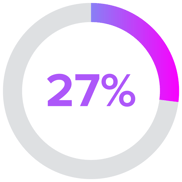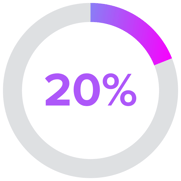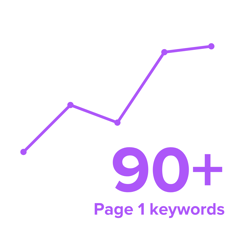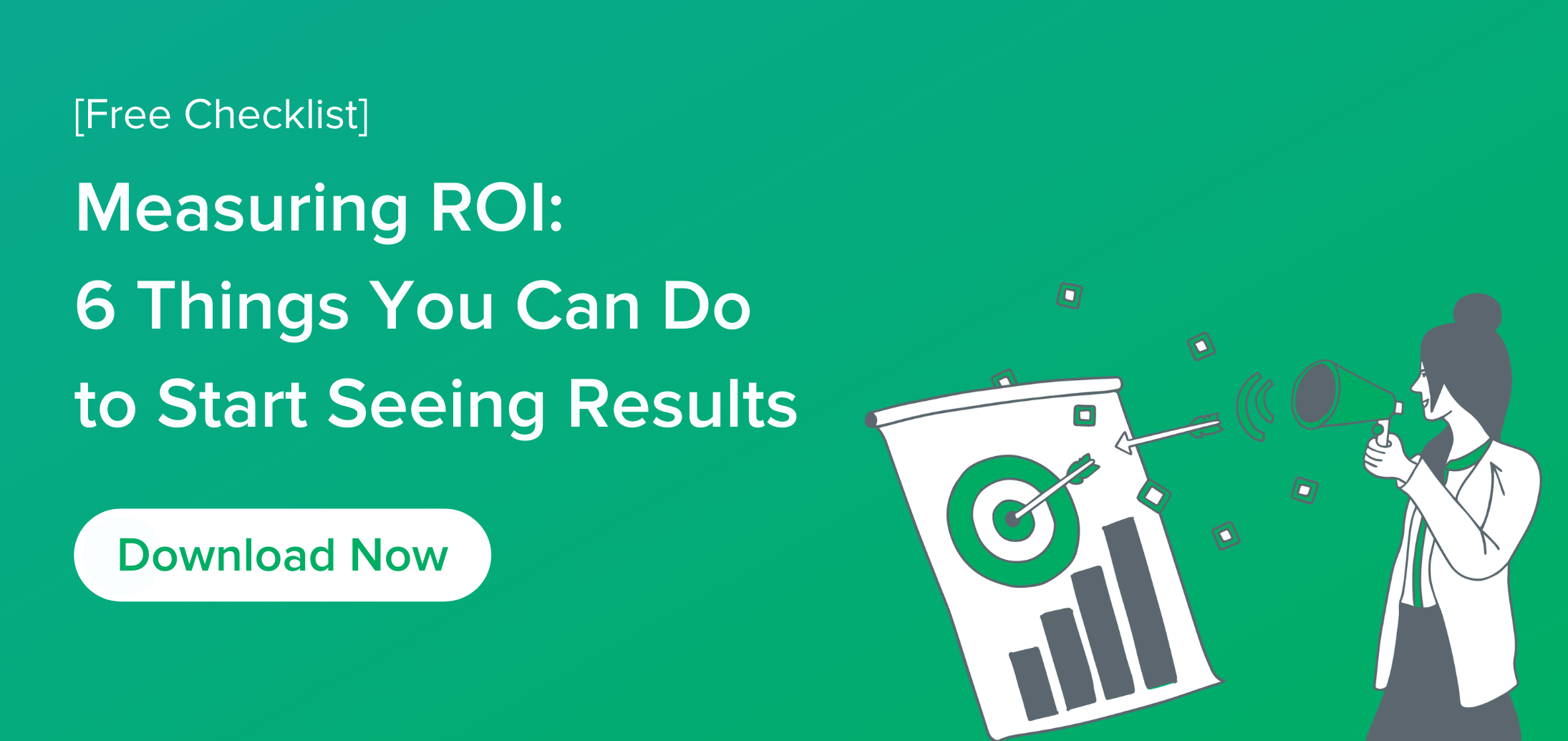If you’ve been around the world of search engine optimization for any length of time, you’ve likely heard this best practice: Create content for humans and then optimize it for search engines. And conceptually, this advice makes perfect sense. Of course you want to craft SEO-based content that, first and foremost, resonates with your target readers.
But in practice, it’s surprisingly easy to lose sight of this mission, especially when keywords are considered the foundation of effective SEO and content marketing. Optimizing posts and pages becomes all about incorporating as many keywords as possible to increase your search rank. But when you obsess over keywords in this way, your content starts to sound robotic — and as a robot itself, Google can tell.
You see, Google knows when you’re packing a page with keywords or numbers in an attempt to manipulate search ranking, and it won't boost content that fits that bill. If you really want to capture the attention of humans and machines, you need to rethink how you use SEO — and that means shifting from SEO-driven content to content-driven SEO.
How to Use SEO Effectively
The thing about content-driven SEO is that it’s not separate from SEO in general. Rather, it’s a mindset shift. There’s more than one way to improve your site’s SEO, and content-driven SEO is all about producing comprehensive, accurate, and descriptive content that delivers actual value. At Influence & Co., we conduct keyword research and use that data to help inform the content we create in order to drive more users to our site. This data helps us understand not only what people are searching for, but also how they’re searching for it.
However, before diving into content creation, you need to get the lay of the land. To that end, analyze your current keyword rankings. This analysis will indicate how well your business ranks from an organic perspective and will give you a solid jumping-off point for your SEO content marketing strategy. Additionally, review which keywords your competitors rank for to see how you stack up. Many of these keywords will be irrelevant, but some may lead to new content opportunities.
Next, it’s time to identify new keywords for which you and your competitors don’t already rank. Rather than focus on transactional queries, which indicate someone is ready to make a purchase, it’s best to identify more informational keywords for content-driven SEO. For example, what types of terms are people using in their searches to better understand a pain point specific to your industry?
From there, start brainstorming content ideas. Don’t be afraid to use search results to your advantage. For example, before crafting content on a specific subject, do some Googling to see what appears at the top of the results page. Peruse the pieces to determine what they cover, and use a tool like Semrush to see what keywords they rank for.
Then, consider how you can take what’s already written and make it more engaging. Are competitors covering topics in misleading, inaccurate, or boring ways? If so, you have an opportunity to plug readers’ gaps in understanding or engagement with effective content-driven SEO.
—
Are you ready to create a powerful SEO content marketing strategy?

—
When it comes time to craft content, we like to take a pillar-page approach. First, we build a long-form piece of keyword-optimized content (i.e., a pillar page) that covers a broader topic at length. Within that pillar page, we link to shorter, more specific SEO blog posts that dive deeper into various subtopics.
We’ve found that taking this approach not only helps readers answer broad questions, but also gives them the option to dive deeper into related aspects of the topic. Using queries as subtopics within the pillar page can help our site visitors easily navigate the content. Plus, Google is more likely to pull those Q&A-style sections into its “people also ask” section. Finally, because the content is connected through a linking ecosystem, it’s easier for the search engine crawler to prioritize and rank posts.
—
Need help measuring and showcasing content ROI?

—
A Case Study in Content-Driven SEO
We embrace content-driven SEO internally because it works, but we also apply these principles to our client-facing work. Take Innovative Employee Solutions, for example. When we first partnered with IES in January 2017, the company had already started the work of increasing its visibility online, but as SEO continued to evolve, IES knew its strategy needed to as well.
After experiencing a dip in paid SEO efforts in 2020, IES decided to reallocate its SEO budget to focus on SEO content marketing efforts with our team. We decided to add keyword research, a technical website audit, and reporting to its existing content package.
The results speak for themselves.

In the second quarter of 2020, the SEO-based content we created in partnership accounted for more than one-quarter of IES’ total website entrances.

That same quarter, our content was responsible for 63 of the 324 total keywords ranking on the first page — that’s nearly 20% of page-one coverage.

Just one quarter later, our content ranked on page one for 90-plus keywords.
When you commit to creating good SEO-based content, you’ll see a positive ripple effect in your business. As your library of optimized content grows, so too will the number of indexable pages on your site. Soon enough, other sites will notice and help boost your backlink profile. As the number of links grows, traffic and domain authority will follow suit. These kinds of results are yours for the taking. All you have to do is begin.
Want to know what steps you can take to start seeing tangible content marketing results? Download your free checklist below!











